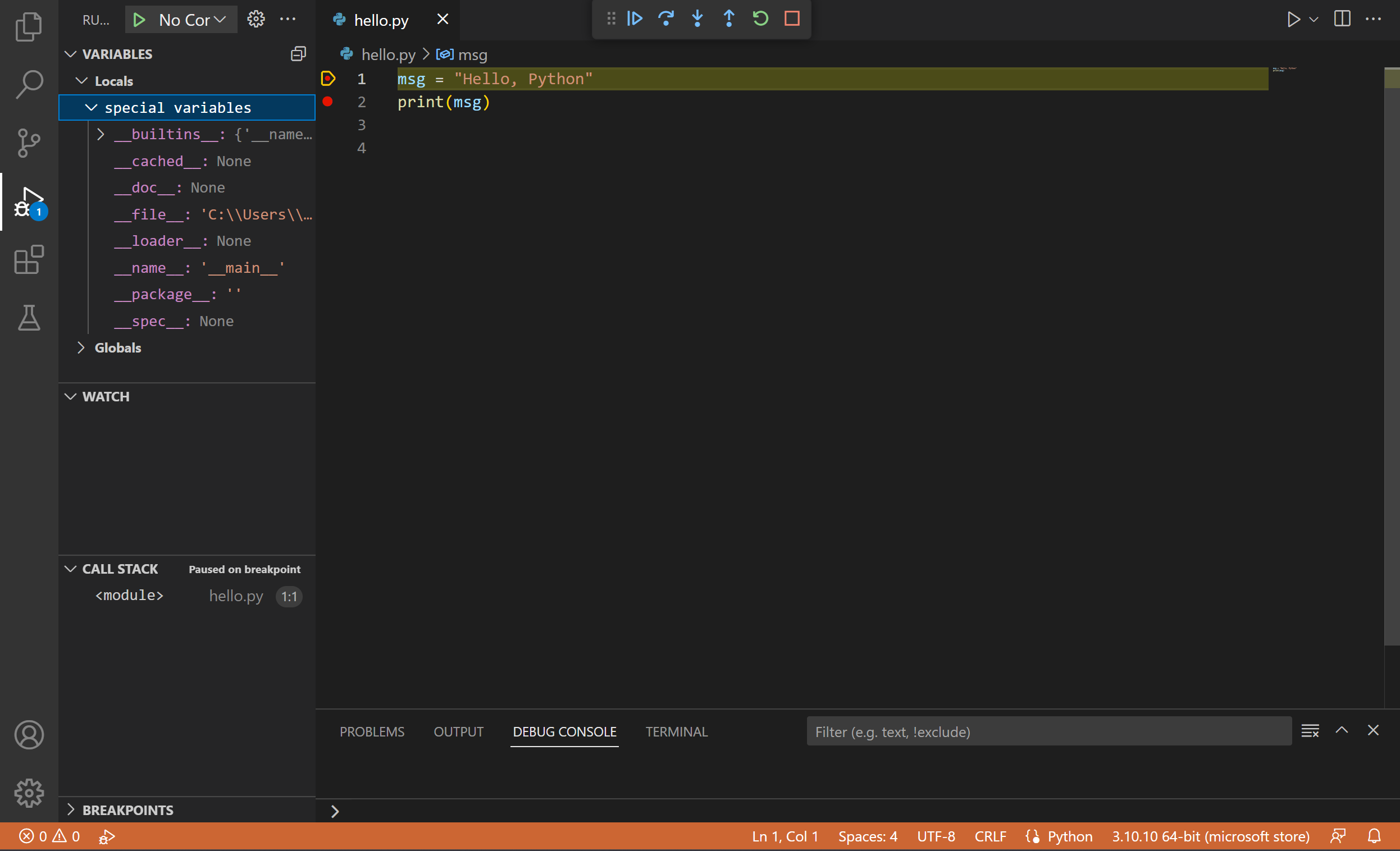First Steps In Django For Mac

注解 Previous versions of Celery required a separate library to work with Django, but since 3.1 this is no longer the case. Django is supported out of the box now so this document only contains a basic way to integrate Celery and Django. You will use the same API as non-Django users so it’s recommended that you read the tutorial first and come back to this tutorial. When you have a working example you can continue to the guide. To use Celery with your Django project you must first define an instance of the Celery library (called an “app”) If you have a modern Django project layout like.


Proj / - proj / init. Py - proj / settings. Py - proj / urls. Py then the recommended way is to create a new proj/proj/celery.py module that defines the Celery instance: file: proj/proj/celery.py Then you need to import this app in your proj/proj/initpy module. This ensures that the app is loaded when Django starts so that the @sharedtask decorator (mentioned later) will use it: proj/proj/init.py: Note that this example project layout is suitable for larger projects, for simple projects you may use a single contained module that defines both the app and tasks, like in the tutorial. Let’s break down what happens in the first module, first we import absolute imports from the future, so that our celery.py module will not crash with the library.
First Steps In Django For Mac Mac
Investor's edition for mac. App = Celery ( 'proj' ) This is our instance of the library, you can have many instances but there’s probably no reason for that when using Django. We also add the Django settings module as a configuration source for Celery.
Django First App
This means that you don’t have to use multiple configuration files, and instead configure Celery directly from the Django settings. You can pass the object directly here, but using a string is better since then the worker doesn’t have to serialize the object when using Windows or execv. App1 / - app1 / tasks. Py - app1 / models. Py - app2 / - app2 / tasks. Py - app2 / models. Py This way you do not have to manually add the individual modules to the setting.
The lambda so that the autodiscovery can happen only when needed, and so that importing your module will not evaluate the Django settings object. Finally, the debugtask example is a task that dumps its own request information. This is using the new bind=True task option introduced in Celery 3.1 to easily refer to the current task instance.